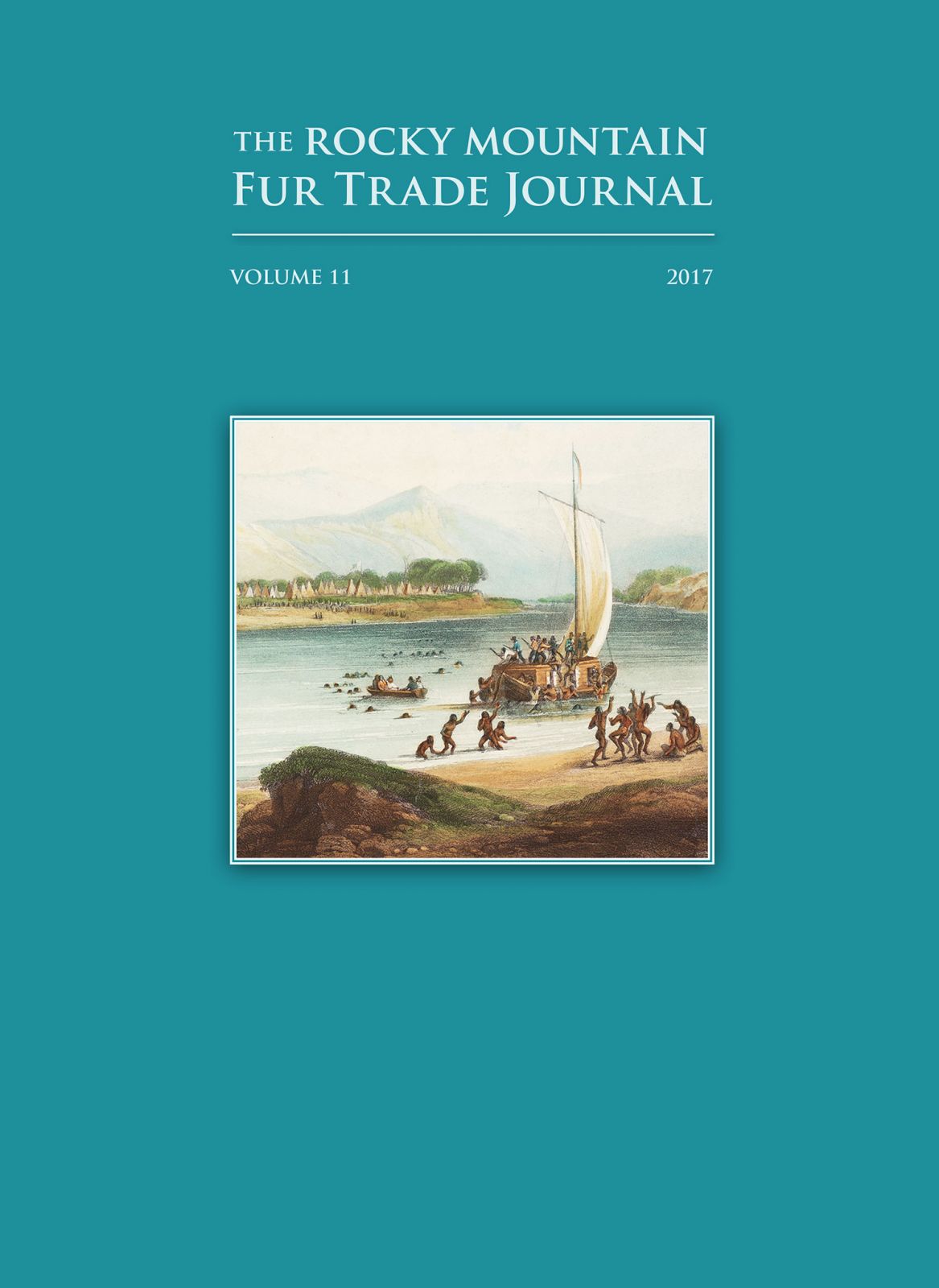$19.95
Rocky Mountain Fur Trade Journal, Volume 11
An annual academic peer-reviewed publication intended to further the knowledge and discussion of the Rocky Mountain fur trade era and provide an avenue for researchers to showcase their work.
Full color, perfect bound, 8″ x 11″, softback, 116 pages.
ISBN 978-0-9973143-1-1
Journal is provided FREE with a purchase of an annual membership!!! Click here to purchase a membership now!
Description
Rocky Mountain Fur Trade Journal, Volume 11
The Henry & Ashley Fur Company Keelboat Enterprize
by Clay Landry and Jim Hardee
Navigation of the dangerous and unpredictable Missouri River claimed many lives and thousands of dollars in trade goods in the early 1800s, including the HAC’s Enterprize.
Two well-known fur trade historians detail the keelboat’s misfortune, Ashley’s resourceful response, and a possible location of the wreck.
More than Just a Rock: the Manufacture of Gunflints
by Michael P. Shaubs
For centuries, trappers and traders relied on dependable gunflints for defense, hunting, and commerce. This article describes the qualities of a superior gunflint and chronicles the revolution of a stone-age craft into an important industry.
The Hudson’s Bay Company and the “Youtah” Country, 1825-41
by Dale Topham
The vast reach of the Hudson’s Bay Company extended to the Ute Indian territory in the latter years of the Rocky Mountain rendezvous period, as pressure increased from American trappers crossing the Continental Divide.
Otholoho and Grohean: Two Fast horses, One Set of Tracks
By Jerry Enzler
A story of two race horses whose tracks might have merged – one stead the pride of William Drummond Stewart, the other the favorite of Jim Bridger.
Traps: the Common Denominator
by James A. Hanson, PhD.
The portable steel trap, an exponential improvement over snares, spears, nets, and earlier steel traps, revolutionized trapping in North America. Eminent scholar James A. Hanson tracks the evolution of the technology and its deployment by Euro-Americans and Indians.
Bad Pass Trail: Gateway between the Wind and Yellowstone Rivers
by Mike Bryant
This 30-mile corridor, in use since prehistoric times, connects two important watersheds and provides a detour around the 1,000-foot-deep Big Horn Canyon. Use of the trail by mountain men is documented from 1805 through the end of the rendezvous era.
Sublette County Historical Society, 2017
Additional information
| Dimensions | 11 × 8 × 1.25 in |
|---|

